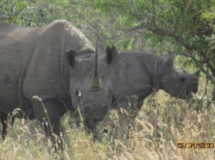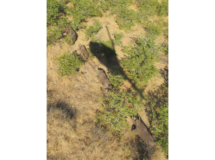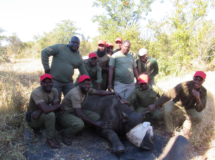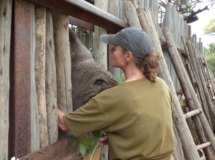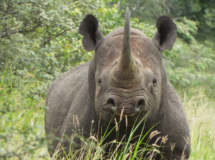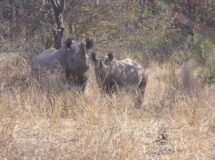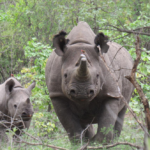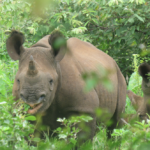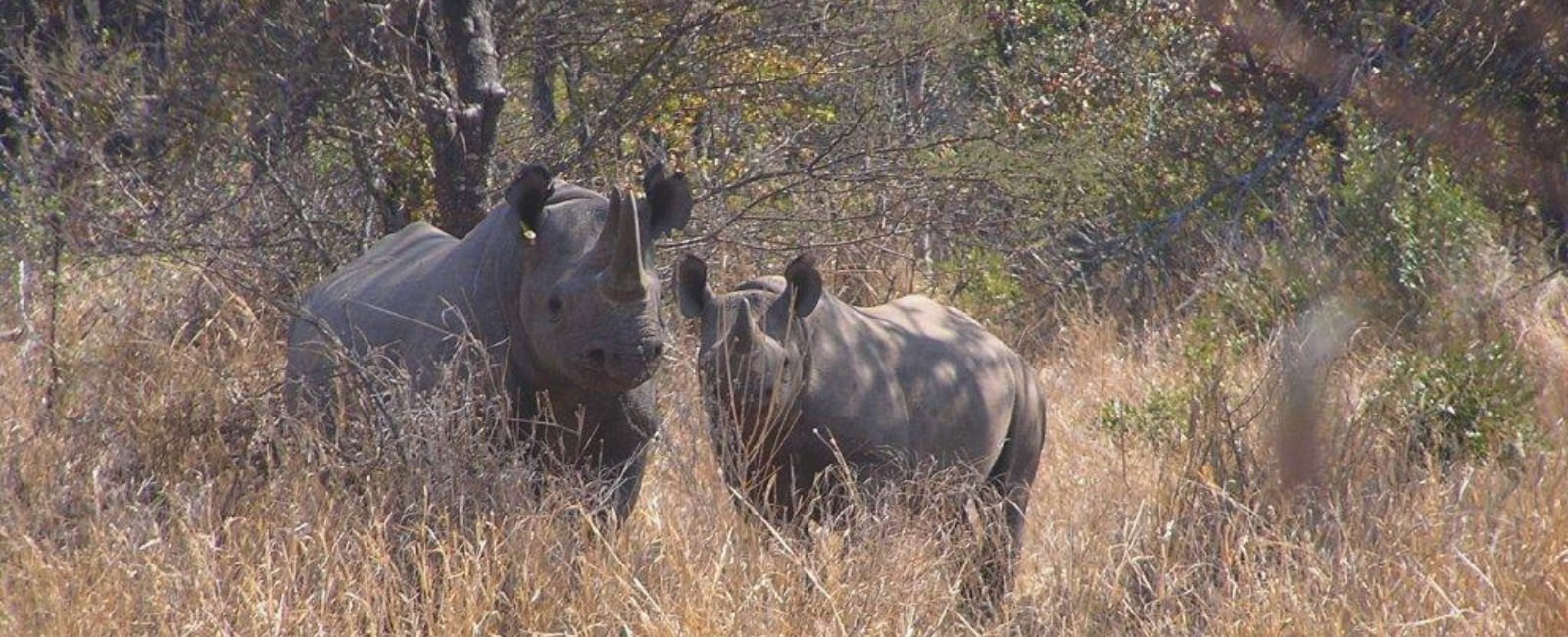
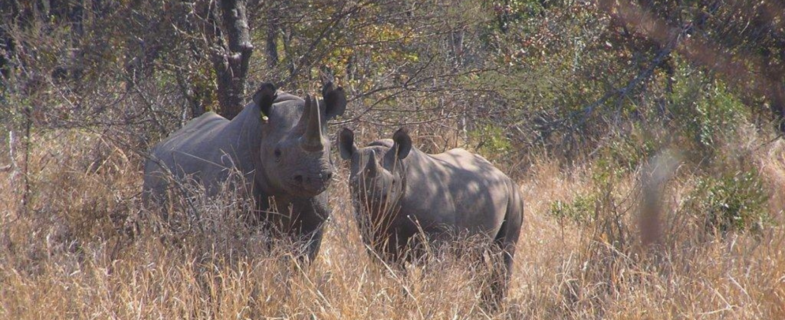
Zimbabwe: Lowveld Rhino Trust
Zimbabwe is home to the world’s fourth-largest black rhino population after South Africa, Namibia and Kenya. The Lowveld region, in the southeast of Zimbabwe, includes Bubye Valley Conservancy, Save Valley Conservancy, Malilangwe Conservancy and Gonarezhou National Park, all of which are home to rhinos.
The Lowveld Rhino Trust (LRT) is a Zimbabwean-registered trust that undertakes rhino conservation activities in the Lowveld region of Zimbabwe. From the outset, LRT has placed emphasis on developing large populations (>100 rhinos in each) that achieve high breeding rates and maximum genetic diversity, within areas of suitable habitat that show long-term economic viability in their wildlife-based land-use. LRT encourages performance-based conservation financing arrangements, equivalent to international payments for ecosystem services, using rhino population trends as proxy indicators for the natural capital that is conserved in these areas for the world as a whole. Such arrangements have funded LRT’s community awareness programme through inputs to local schools, as well as some rhino security inputs.
The problem
During the 12-year period from 2008 to 2019 inclusive, poachers killed 702 rhinos in Zimbabwe, an average of c. 58 animals per year. Although poaching decreased sharply in 2020 and 2021, the threat remains ever-present, as can be seen in neighbouring Botswana.
Rhino conservation measures are further challenged by socio-economic problems including poverty (most of Zimbabwe’s population lives in “extreme poverty”, as defined by the World Bank), and high annual inflation.
How is the Lowveld Rhino Trust tackling this problem?
LRT’s mission is: Through hands-on conservation work and strategic planning, significantly increase the number of rhinos and extend their secure range in the Lowveld region as flagship species for biodiversity conservation and wildlife-based land-use.
LRT’s work is concentrated in Bubye Valley Conservancy (BVC), involving rhino monitoring and management interventions (drug-dartings, translocations, veterinary treatments, etc.), while the burden of security and general area conservation (water provision, fencing, etc.) is shouldered by this conservancy, with some inputs by LRT to investigations work in the Lowveld as a whole. LRT is also involved in selected regional initiatives, especially in North Luangwa (Zambia).
Its objectives are as follows:
- Viable populations of rhinos conserved in the Lowveld through intensive management, monitoring and facilitation of anti-poaching and law enforcement
- Community participation in wildlife-based land-use projects facilitated, with rhinos as “flagship species”
- Regional and international rhino conservation initiatives supported through advisory inputs
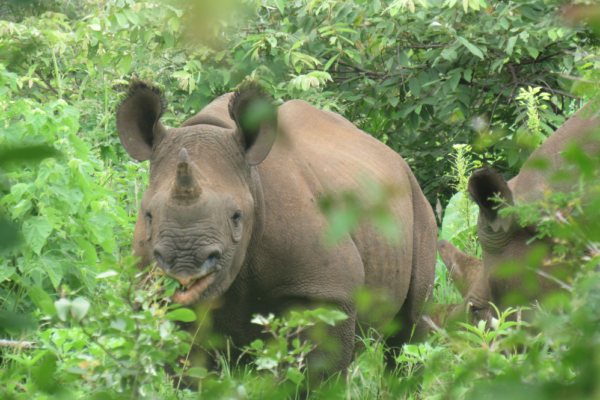
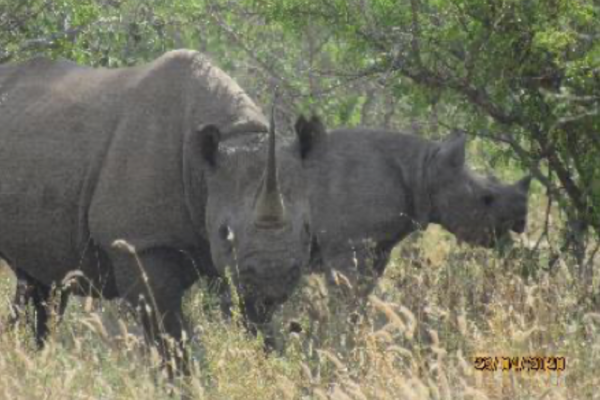
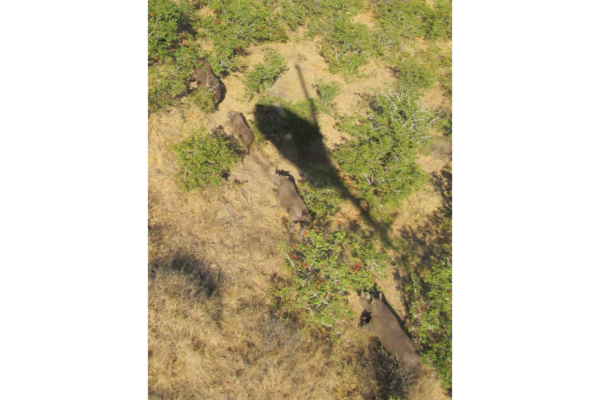
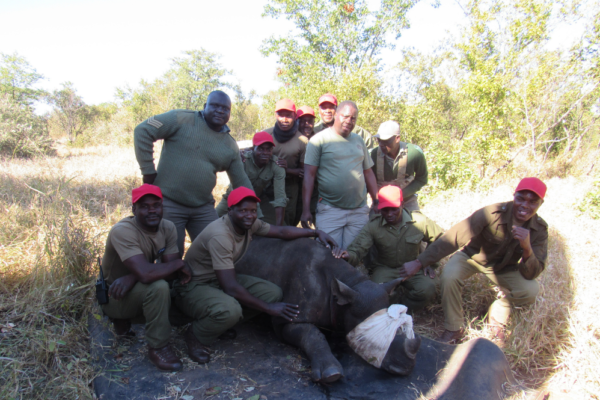
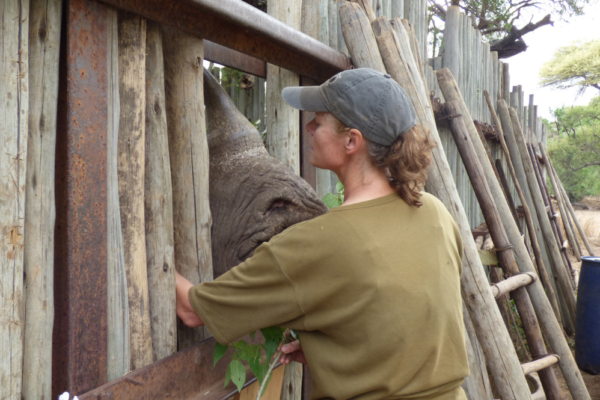
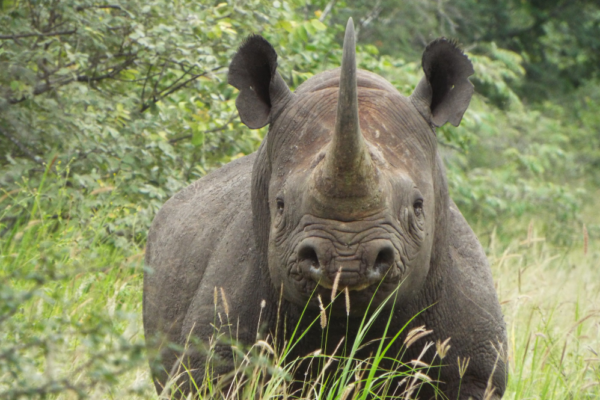
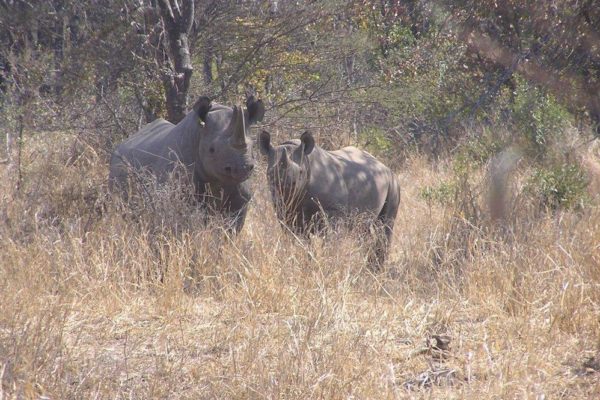
Our work
LRT’s primary international partner in its core activities is the International Rhino Foundation (IRF). Additional support in 2022 came from the Beit Trust, Save the Rhino International and WWF.
Save the Rhino’s support is usually allocated towards the costs of data entry for LRT’s numerous rhino-rhino sightings database, which is then used to analyse rhino population performance: births, deaths (natural and poaching-related), inter-calving intervals, demographic etc. In addition, we have paid for the design and printing of Zimbabwe’s Rhino Management Strategy for Zimbabwe 2020-2024.
 Protecting Rhinos
Protecting Rhinos
 Reducing Illegal Horn Trade
Reducing Illegal Horn Trade
 Involving Communities
Involving Communities
 Bringing Experts Together
Bringing Experts Together



